10 reasons to love the RHS Chelsea Flower Show
The RHS Chelsea Flower Show is hailed as one of the most prestigious events in the horticultural calendar. Go beyond pruning and planting, and you’ll discover creativity, cutting-edge and some surprises.
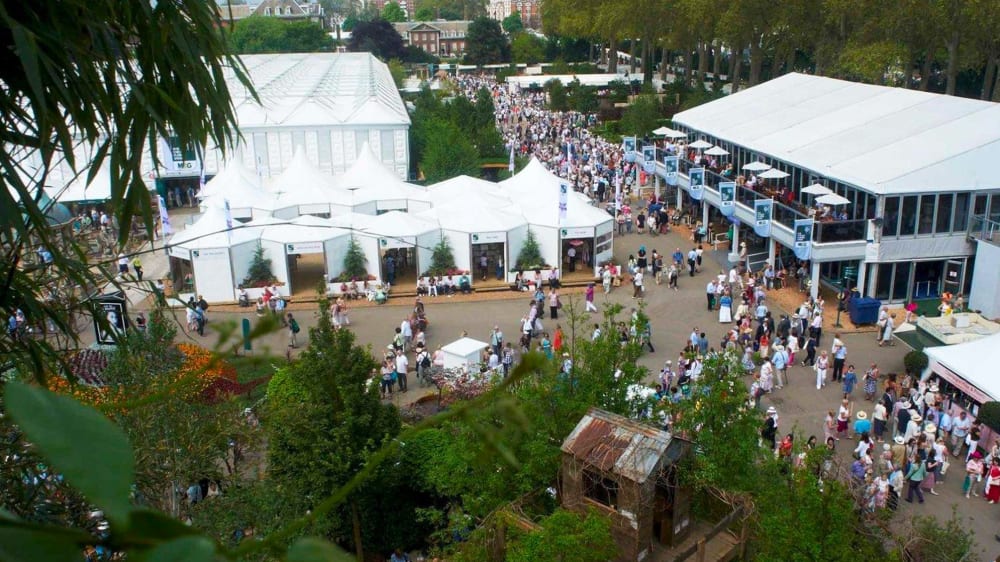
It’s glamorous, it’s hard graft, and it comes with controversy. The RHS Chelsea Flower Show has an epic 108-year history that’s set to become even richer with the introduction of sensational houseplant exhibits – one of which is proudly presented by Patch, in collaboration with The Edible Bus Stop.
Our aim is to inspire the next green-fingered generation to have fun with urban gardening, with or without an outdoor space. It’s in the true spirit of the Show, which has influenced brave gardeners and gardens of all shapes and sizes since 1913. Too late for a ticket? Follow Patch on Instagram for a front row seat to the action.
Leaf through the Show’s colourful story to find out what makes it truly amazing.
1. It’s the London Fashion Week of plants
Or the World Cup of gardening. Whichever analogy you prefer, the RHS Chelsea Flower Show is a big deal for all plant, garden and flower lovers. It dictates the horticultural trends of the coming year, it showcases the most beautiful garden designs and extravagant floral displays in one place, and the exhibits of trees, flowers, gardens and even vegetables can all win a coveted award.
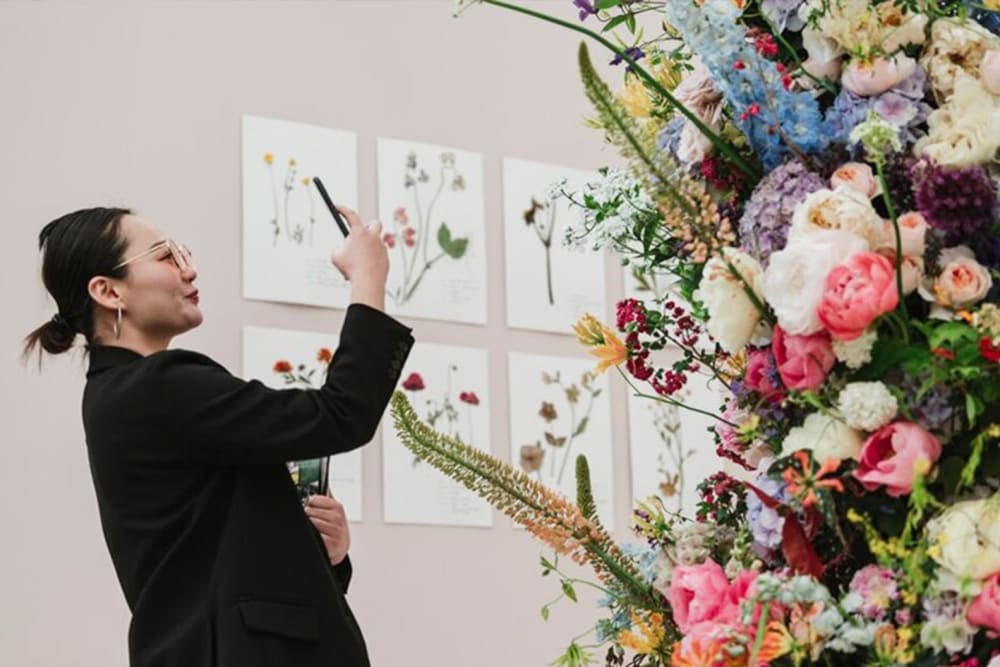
Image credit: Royal Horticultural Society
2. You’ll find the most avant-garde(ns)
From green sanctuaries that are accessible to all ages and abilities, to underwater havens complete with piranhas, to gardens that raise awareness of fragile ecosystems. The RHS Chelsea Flower Show boasts of the most avant-garde, ingenious and trailblazing designs that push the boundaries of what a garden can look like, and be. Far from traditional, it awakens sights and smells (like the CAMFED Garden of 2019) and opens minds to fresh new ideas about how to make the world better through garden spaces, and with plants.
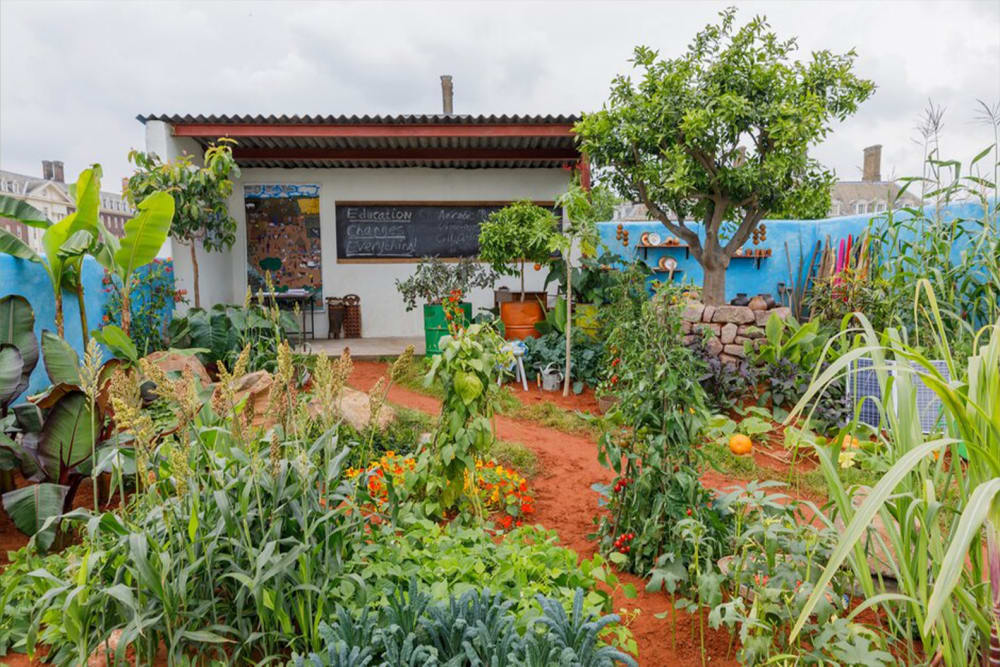
Image credit: Royal Horticultural Society
3. There’s been some rocky shows
The first Gold Medal winner of the Show in 1913 was a rock garden by John Wood. The judges and audiences alike loved how it captured the natural appearance of Yorkshire limestone in the landscape. And it started a rock craze. Between the two world wars, rock gardens were one of the main attractions for large crowds of visitors.
4. It’s the go-to for new plant discoveries
Not only can you learn about the latest in horticultural science and research, and see the most innovative garden design ideas for all budgets, locations and sizes – the Show is also where you can discover some amazing new plants. An example? It’s where the first ever bonsai (aka Japanese dwarf trees) were shown to the UK public in their 1913 inaugural show.
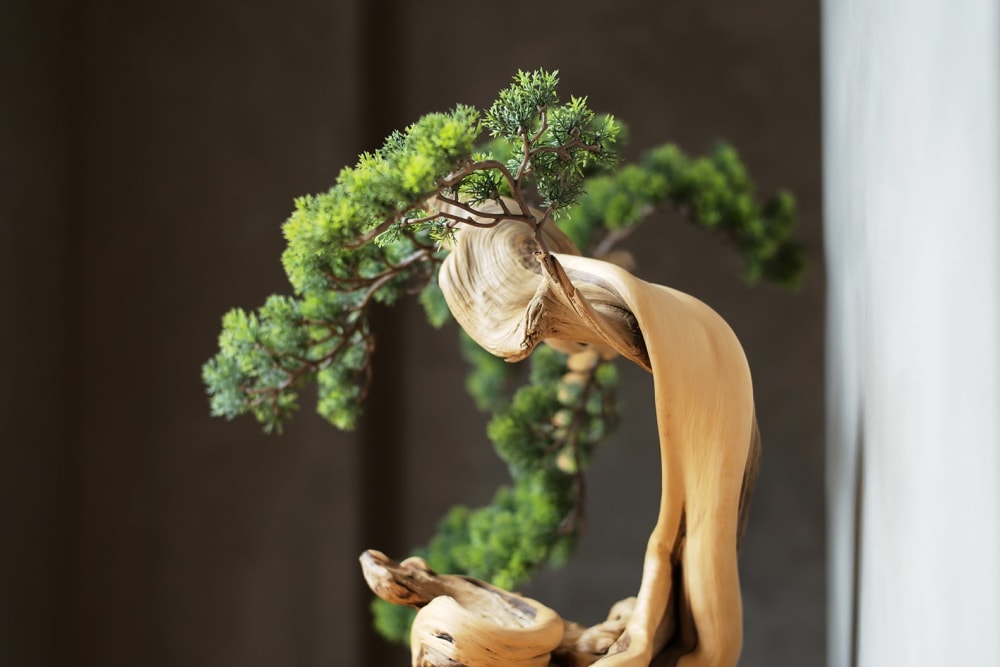
5. Take celebrity spotting to the next level
The Show attracts over 150,000 visitors from all over the world. That includes members of the British Royal family who are patrons of the RHS (Royal Horticultural Society), as well as world-renowned celebrities who have made appearances through the years. That’s Benedict Cumberbatch, Dame Judi Dench, Demi Moore, Gwyneth Paltrow and Rod Stewart to name drop a few.
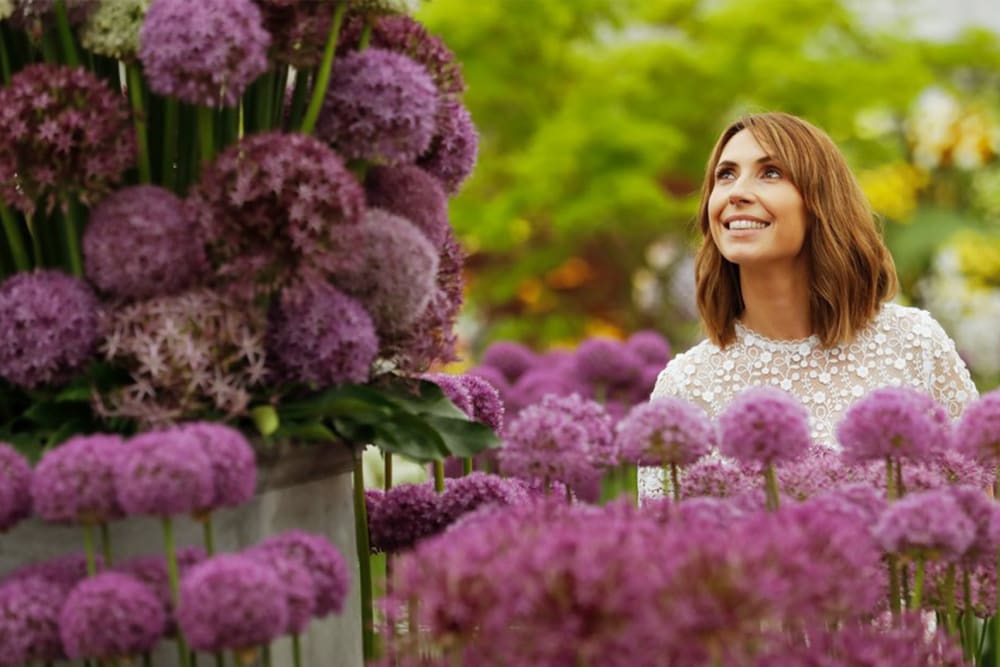
Image credit: Royal Horticultural Society
6. The Show breaks records (and tents)
In 1951, an enormous 3.5 acre tent was put up to host the majority of the Show’s exhibits. Known as the ‘Grand Marquee’, it was listed in the Guinness Book of World Records as the largest tent in the world, until it was replaced by the indoor Great Pavilion in 2000. Retired but not put to waste, the old tent material was broken down and reused to make 7,000 aprons, bags and jackets.
7. Gnomes aren’t on the guest list
Gnomes are famously forbidden from appearing in any exhibit at the RHS Chelsea Flower Show, for fear they’ll distract from the garden designs and displays. This ban was temporarily lifted in 2013 to mark its hundredth year, when celebrities like Elton John, Dame Helen Mirren and Mary Berry painted gnomes to be presented to the Queen, which were later sold for charity. But this ban doesn’t stop a cheeky few gardeners from hiding secret gnomes in their exhibitions.
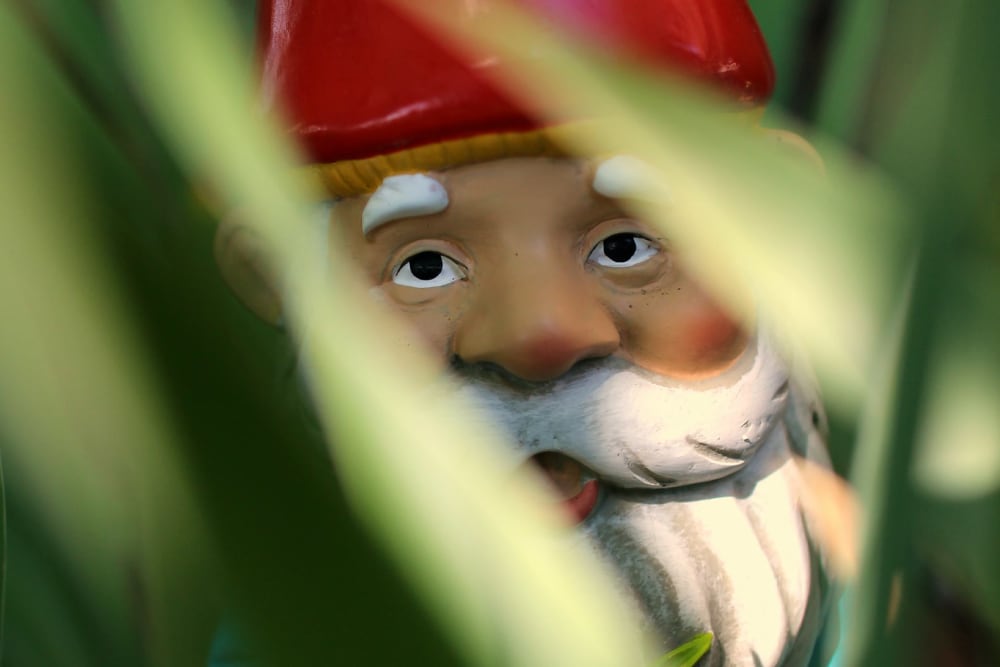
8. Gardens get reincarnated
You might wonder what fate awaits the flora after every show ends. The RHS encourages exhibitors to make sure their gardens can be enjoyed long after the event, so you’ll be glad to know that for these plants, trees and structures, there’s life after Chelsea. Gardens can either be relocated in their entirety, broken down and used for other projects, donated or sold privately.
The RHS is committed to making the Show a leader in horticultural sustainability, welcoming garden entries with a focus on sustainability, and for the first time this year, is running the RHS Chelsea Sustainable Garden Product of the Year Award.
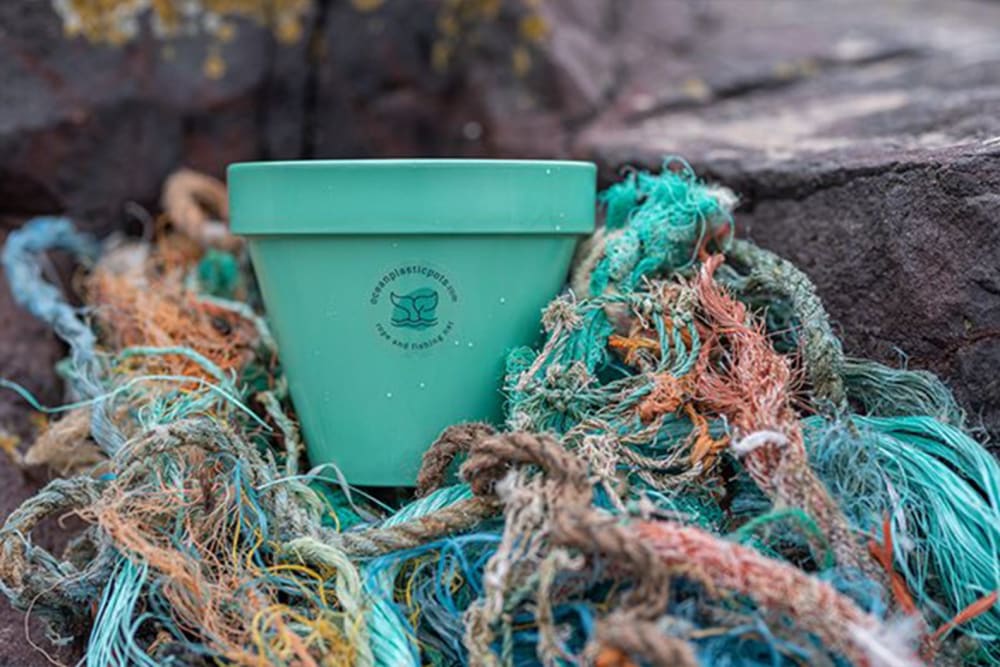
Image credit: Royal Horticultural Society
9. James May once entered a plasticine garden
In 2009, TV presenter James May entered a garden made entirely from two and a half tonnes of plasticine. Made to resemble an English cottage garden, it fell short of winning any medals but received the ‘RHS Gold Medal’ made, of course, from plasticine.
10. The Show doesn’t shy away from controversy
In 1927, a controversial campaign ran that advocated to ban foreign exhibitors from entering the Show. Triumphantly, the RHS rejected the campaign, saying ‘horticulture knows nothing of nationality’. Since the beginning, the RHS Chelsea Flower Show has always been about exploring and celebrating different horticultural ideas, and it will continue to welcome anyone with a passion for plants for as long as it runs.
Rewild your inbox
Plant tips. Special offers. No spam.